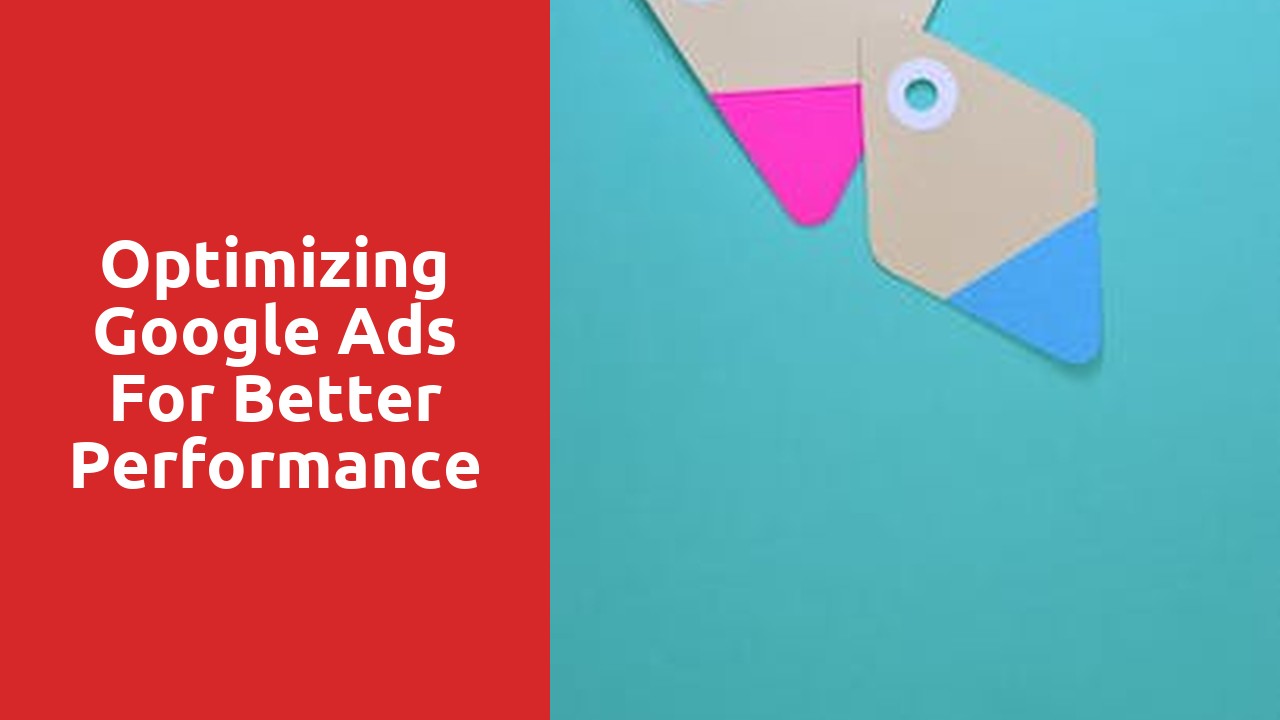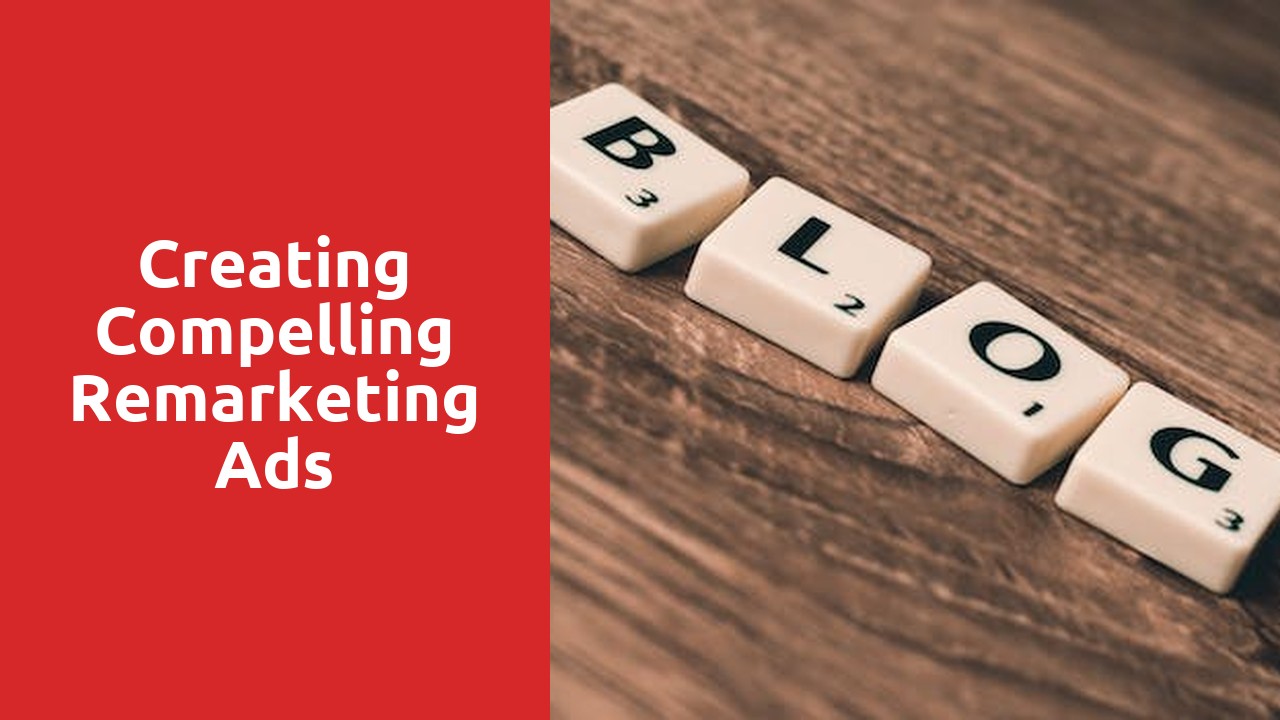Understanding the Key Metrics: Dive into the various metrics that Google Ads provides and learn how to interpret them to gauge the performance of your campaigns.
As a digital advertiser, it is crucial to dive into the various metrics that Google Ads provides in order to accurately assess the performance of your campaigns. These metrics can serve as the foundation for making data-driven decisions that can greatly impact the success of your advertising efforts.
One key metric to pay attention to is the click-through rate (CTR). This metric indicates the percentage of people who click on your ad after seeing it. A high CTR suggests that your ad is relevant and appealing to your target audience, while a low CTR may indicate the need for adjustments to your ad copy or targeting strategy.
Another important metric to consider is the conversion rate. This metric represents the percentage of users who complete a desired action, such as making a purchase or filling out a form, after clicking on your ad. A high conversion rate indicates that your ad is effectively driving user actions, whereas a low conversion rate may require further optimization of your landing page or targeting parameters.
By understanding and interpreting these key metrics provided by Google Ads, advertisers can gain valuable insights into the efficacy of their campaigns. It allows for an informed evaluation of ad performance and helps in strategizing for better results. In the next section, we will explore more metrics and their significance in evaluating campaign performance.
Crafting Compelling Ad Copy: Explore strategies for creating engaging and persuasive ad copy that grabs the attention of your target audience and drives clicks.
The success of an ad campaign often hinges on the quality and effectiveness of the ad copy. Crafting compelling ad copy is a skill that requires a deep understanding of your target audience and the ability to communicate your message in a captivating manner. By exploring strategies and techniques to create engaging and persuasive ad copy, you can maximize your chances of grabbing the attention of your desired audience and driving clicks to your website or landing page.
One key strategy for creating compelling ad copy is to tailor your message to resonate with your target audience. By conducting thorough market research and understanding the needs, desires, and pain points of your customers, you can craft copy that speaks directly to them. Use language and tone that mirrors their preferences and captures their attention. Utilizing the right words and phrases can create a sense of urgency, evoke emotions, and spark curiosity, making your ad copy irresistible.
Another effective strategy is to focus on the unique selling proposition (USP) of your product or service. Highlighting the key benefits and features that set your offering apart from the competition can make your ad copy more compelling. By clearly articulating why your audience should choose your product or service, you can grab their attention and position yourself as the solution to their problems. Remember to keep your copy concise and to the point, using powerful language that presents a clear call-to-action that encourages clicks.
Crafting compelling ad copy is an art that combines creativity, research, and strategic thinking. By understanding your audience, tailoring your message to their preferences, and highlighting your unique selling proposition, you can create ad copy that captivates and persuades. Stay tuned for more strategies and techniques to help you craft ad copy that drives results.
Keyword Research and Selection: Learn how to conduct effective keyword research to identify the most relevant and high-performing keywords for your Google Ads campaigns.
Effective keyword research is crucial for the success of your Google Ads campaigns. By identifying the most relevant and high-performing keywords, you can optimize your campaigns and attract the right audience to your website. The first step in conducting keyword research is to brainstorm and generate a list of potential keywords that are relevant to your business or industry. This can be done by thinking about the products or services you offer, the problems you solve, or the information you provide. Once you have a list of potential keywords, you can use keyword research tools to analyze their search volume, competition, and relevance. These tools will help you identify keywords that have high search volume and low competition, giving you a better chance of ranking well in Google’s search results.
In addition to using keyword research tools, it’s also important to understand your target audience and their search behavior. By knowing what keywords your audience is using to find products or information similar to what you offer, you can tailor your keyword selection to better match their needs. For example, if you’re a fitness trainer targeting individuals looking to lose weight, you may want to focus on keywords such as “weight loss tips,” “healthy diet plans,” or “fat-burning exercises.” By using specific and targeted keywords that align with your audience’s search intent, you can increase the chances of attracting relevant traffic to your website.
Ad Group Structure: Discover the importance of organizing your ads into well-structured ad groups and how it can positively impact the performance of your campaigns.
Ad Group Structure plays a crucial role in the success of your advertising campaigns. Organizing your ads into well-structured ad groups is essential to ensure that your message is effectively conveyed to your target audience. By categorizing your ads based on similar themes or keywords, you can optimize their performance and achieve better results.
When your ads are organized into ad groups, it becomes easier to manage and track their performance. This allows you to make data-driven decisions and optimize your campaigns accordingly. Additionally, a well-structured ad group enables you to have more control over your advertising budget by ensuring that your ads are displayed to the right people at the right time.
Furthermore, an organized ad group structure helps to improve the relevance and quality of your ads. By grouping similar ads together, you can tailor your messaging to specific customer segments and increase the chances of attracting their attention. This targeted approach not only enhances click-through rates but also improves the overall user experience, leading to higher conversion rates and a greater return on investment.
In conclusion, organizing your ads into well-structured ad groups is vital for achieving optimum performance in your advertising campaigns. The benefits of this approach include better management, increased control over budget allocation, improved ad relevance, and higher conversion rates. By implementing a strategic ad group structure, you can significantly enhance the overall impact and success of your advertising endeavors.
Ad Extensions: Explore the different types of ad extensions available in Google Ads and learn how to leverage them to enhance the visibility and effectiveness of your ads.
Ad extensions are a valuable tool in Google Ads that can significantly improve the impact and reach of your ads. These extensions offer additional information and options for users to engage with your ad, making it more enticing and relevant to their needs. By utilizing different types of ad extensions, you can enhance the visibility of your ads and increase the chances of capturing the attention of potential customers.
There are several types of ad extensions available in Google Ads, each serving a specific purpose. One popular extension is the call extension, which displays your phone number directly on the ad, allowing users to call your business directly with a simple click. This is particularly useful for businesses that rely on phone inquiries or want to provide immediate customer service. Other common ad extensions include site link extensions, location extensions, and review extensions, all of which contribute to creating a more comprehensive and compelling ad experience. By strategically leveraging these ad extensions, you can improve the effectiveness of your ads and generate better results for your business.
Landing Page Optimization: Understand the significance of optimizing your landing pages to ensure a seamless user experience and maximize conversions from your Google Ads campaigns.
In today’s digital age, having an optimized landing page is crucial for businesses looking to make the most of their Google Ads campaigns. It is not just about attracting traffic to your website; it is about converting that traffic into valuable leads or customers. By focusing on landing page optimization, businesses can create a seamless user experience that guides visitors towards taking the desired action.
One of the primary benefits of optimizing your landing pages is improving the user experience. When users click on an ad and land on a page that aligns with their expectations, they are more likely to stay engaged and explore further. A well-optimized landing page ensures that users can easily find the information or product they are looking for, reducing frustration and increasing the likelihood of conversion. This attention to user experience can also lead to higher customer satisfaction and loyalty, as users feel confident in the business’s ability to meet their needs.
Moreover, landing page optimization plays a crucial role in maximizing conversions from Google Ads campaigns. The carefully crafted landing page can align with the ad’s messaging, ensuring a seamless transition from the initial click to the final conversion. By optimizing the layout, content, and call-to-action buttons, businesses can effectively guide users towards taking the desired action, whether it’s making a purchase, filling out a form, or subscribing to a newsletter. This increases the chances of converting the ad spend into tangible results and achieving a positive return on investment.
In conclusion














